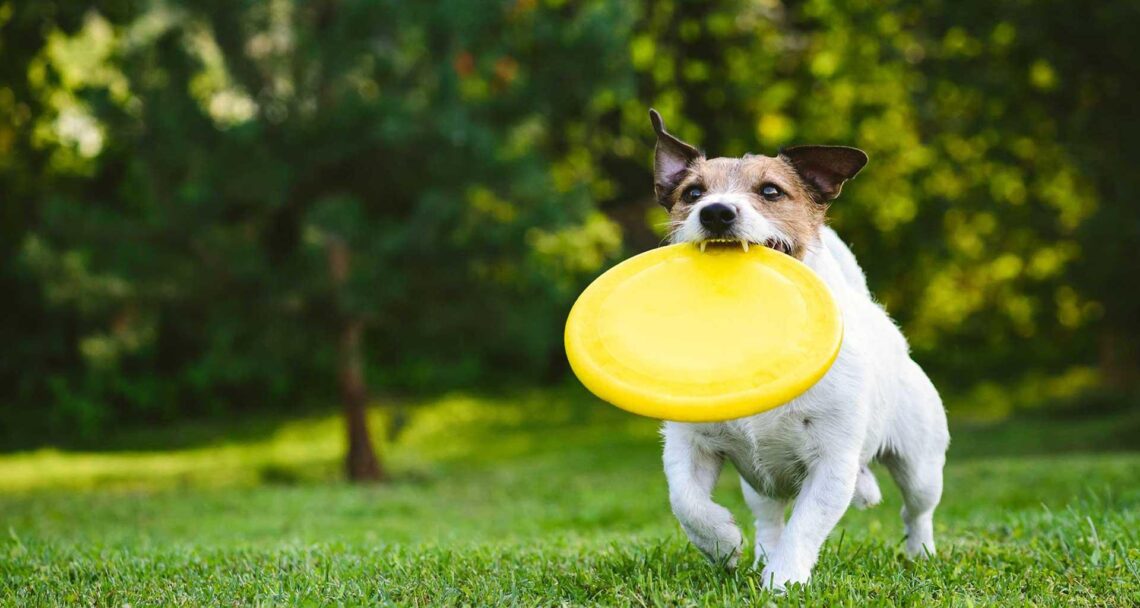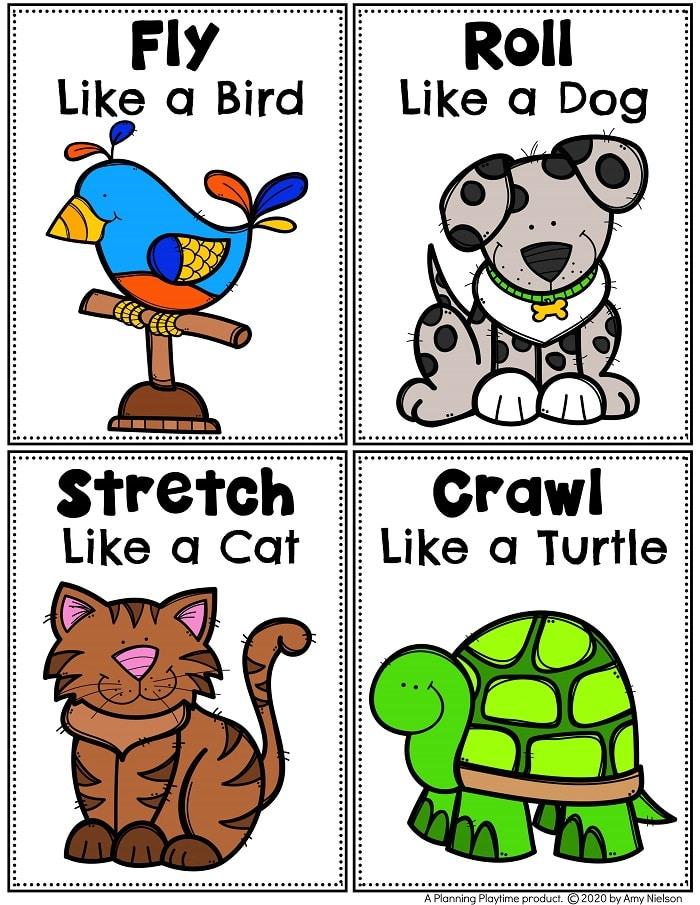
Mastering Motion: Introducing New Exercises for Your Pet Safely
Mastering Motion: Introducing New Exercises for Your Pet Safely
In a world where our furry companions can sometimes led more sedentary lives, it’s crucial to prioritize their physical well-being. Just as humans benefit from a good workout, pets thrive on movement that engages both their bodies and minds. However, introducing new exercises can be a daunting task for pet owners, raising concerns about safety and effectiveness. That’s where our guide comes in. In this article, we’ll explore innovative ways to invigorate your pet’s routine with fresh exercises that are not only fun but also safe. Whether you have a playful pup or a curious kitty,preparing them to master their motion will help foster a healthier,more joyful lifestyle. Join us as we uncover creative exercise ideas that can transform the daily grind into an exciting adventure for you and your beloved pet.
Table of Contents
- Understanding Your Pet’s Movement Needs
- Tailoring Exercises to Different Life Stages
- Incorporating Safety Measures in Every Routine
- Engaging Games to Enrich Your Pet’s Activity Levels
- closing Remarks

Understanding Your Pet’s Movement Needs
To ensure your pet’s happiness and health, it’s crucial to understand their unique movement needs. Different breeds, ages, and health conditions can dictate how much exercise your pet requires.For instance, high-energy breeds such as Labradors and <strongborder collies thrive on rigorous daily activities, while senior pets may benefit from gentle strolls.Pay attention to your pet’s cues; signs of excess energy or restlessness can indicate the need for more activity, while fatigue or reluctance to move may suggest they require rest or modified exercises.
When introducing new exercises, keep the following tips in mind to ensure a safe transition:
- Start Slow: Begin with short sessions, gradually increasing duration as your pet adjusts.
- Be Mindful of Temperature: Avoid exercising in extreme heat or cold; moderate conditions are best.
- Mix It Up: Incorporate variety—try different activities like swimming, hiking, or agility courses to keep your pet engaged.
- Consult a Vet: Before starting any new exercise regimen, especially for pets with health concerns.

Tailoring Exercises to Different Life Stages
When considering the right exercises for your pet,it’s essential to recognize that their physical and emotional needs change throughout their lives. Puppies thrive on activities that engage their curiosity and energy. Short play sessions with toys, gentle leash walking, and socializing with othre pets are ideal for these young explorers. as they reach adulthood, you can introduce more structured exercises, such as agility courses or long hikes, which allow them to build strength and endurance while satisfying their natural instincts. Incorporating mental stimulation, such as puzzle toys or training sessions, can also enhance their overall well-being during this active period.
As pets transition into their senior years, their exercise routine must adapt to accommodate fading energy levels and potential mobility challenges. Low-impact activities like gentle strolls and swimming can keep them active without causing undue stress on their joints. Engaging them in light stretching exercises can also help maintain versatility. It’s significant to watch for signs of fatigue or discomfort, and make adjustments to their routine accordingly. Keeping their workouts enjoyable and stress-free ensures that your older pet remains happy and engaged, promoting a healthier lifestyle as they age.

Incorporating Safety Measures in Every routine
When introducing new exercises for your pet, it’s vital to integrate safety measures into your routines. Begin by assessing your pet’s current fitness level to tailor activities that suit their needs. This includes understanding any pre-existing health conditions or restrictions your furry friend may have. The following precautions can help ensure a safe and enjoyable experience:
- Warm-Up and Cool-Down: Just like humans, pets benefit from a gradual warm-up and a cool-down period to prevent injury.
- Environment Check: Confirm the exercise area is free from hazards, ensuring there are no sharp objects or slippery surfaces.
- Stay Hydrated: Always have fresh water accessible, especially during vigorous activities.
Incorporating these safety measures not only enhances your pet’s exercise experience but also builds trust and confidence between you and your companion. Moreover, monitoring their response to new exercises can prevent strain and promote a positive association with physical activity. Consider using a log to track their progress and any changes in behavior,noting things such as:
| Exercise Type | Initial Duration | pet’s Reaction |
|---|---|---|
| Fetch | 10 mins | Excited |
| Agility Training | 15 mins | Cautious |
| Swimming | 5 mins | Enjoying |

Engaging Games to Enrich Your Pet’s Activity Levels
Incorporating engaging games into your pet’s daily routine can provide them with both mental stimulation and physical exercise. Interactive toys are a great way to keep your furry friend entertained. Consider options such as:
- Puzzle feeders that challenge your pet to work for their food
- Hide-and-seek</ with treats or toys hidden around the house
- Obstacle courses crafted from items in your yard or home
Not only do these activities enhance their cognitive abilities, but they also promote a healthy lifestyle, helping to prevent obesity and improve overall health.
Group play can also be a fantastic way to boost your pet’s activity levels. Organizing playdates with friendly pets allows for social interaction and encourages natural behaviors like chasing and wrestling. Additionally,you could implement scheduled exercise sessions in a structured format,such as:
| Day | Activity | Duration |
|---|---|---|
| Monday | Agility Training | 30 minutes |
| Wednesday | Fetch at the Park | 45 minutes |
| Friday | Swimming | 1 hour |
By maintaining a consistent schedule,your pet will look forward to their activity time,ensuring they remain active,engaged,and happy!
Closing Remarks
As we conclude our exploration of “Mastering Motion: Introducing New Exercises for Your Pet Safely,” it’s clear that enhancing our furry friends’ physical activity not only nurtures their bodies but also enriches their spirits. These exercises are more than just routines; they are pathways to deeper bonds,improved well-being,and joyful play. Remember, the key to success lies in gradual introduction, attentive observation, and most importantly, ensuring that every activity is enjoyable for both you and your pet. With these safety guidelines and creative exercises in your toolkit, you’re well on your way to transforming playtime into a vibrant adventure. So, lace up your shoes, grab a leash, or roll out a mat—it’s time to embrace movement together and watch your companion thrive in every leap and bound! Happy exercising!





